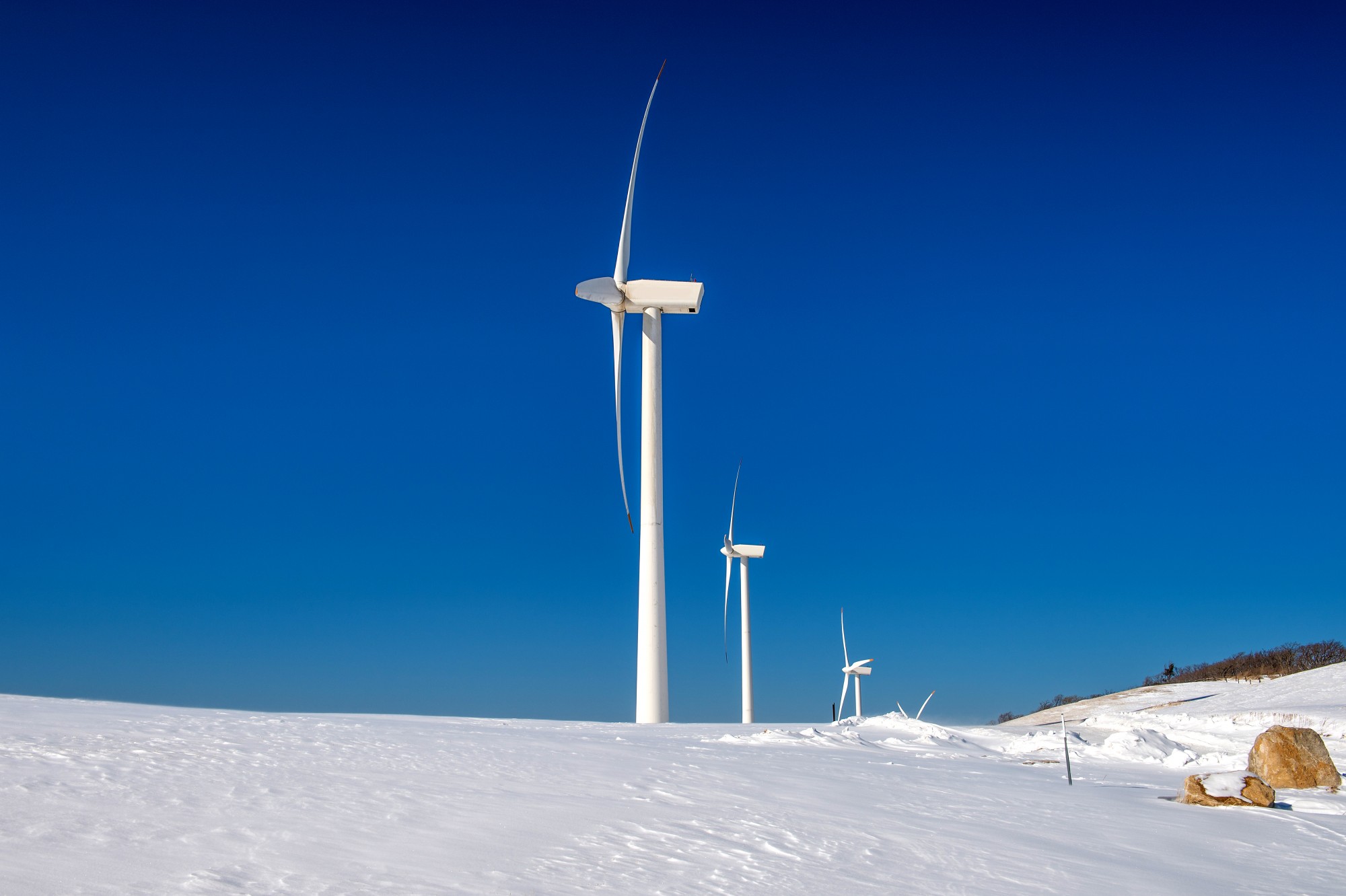Winters are coming
More than one European energy crisis

Picture: Wind Turbines
Across Europe a combination of events has culminated in crises of both gas and electricity.
Without the gas crisis the electricity crisis would persist, but add both together and we’re experiencing a significantly more expensive electricity crisis. driving a painful cost-of-living crisis, which most experts agree will continue through this winter and the next.
As governments across the region intervene, there are difficult choices to be made between immediate pain relief measures, maintaining climate change commitments, and the need to invest more and differently in long term energy security and industrial competitiveness.
Governments can try to impose price caps, and in the short term they may work. In the longer term, however, they’ll have to subsidise people and smaller businesses – money that has to come from somewhere. This money can come from taxation, for instance, on those companies who make “surplus” profits. Or governments can print money, which brings other risks. There are no easy choices, but governments have to do something.
It is essential to maintain solidarity when facing uncertainty and common threats – higher and more volatile energy prices, war in Europe and a global climate change emergency. It’s not easy to manage the benefits and risks of interconnected systems and energy markets, especially given the uneven impacts of crisis across regions and societies, and increasing diversity in national energy systems and energy transition starting points – diversity in geographies, energy technologies, energy uses, energy systems, people, policies and skills…the list goes on.
Triggering the world’s first global energy shock
The European energy security crisis has trigged the world’s first demand-driven global energy shock, with uneven and cascading impacts in all regions bringing new risks to global food security and industrial competitiveness.
This is not a time for panic, but a moment for leadership.
It may not be popular, but the reality is the world needs more energy for sustainable development for decades to come. Renewable energies will need to scale and will need other clean energy friends to do so.
Leaders and societies face tough choices. There is a need to pragmatically use all available energy security and transition levers to implement a greater energy mix on the supply-side AND address behaviours and uses on the demand-side. Both the “push” and the “pull” need attention.
There is also a need to invest more in a flexible and resilient ‘middle’, with active infrastructure planning that includes new build, maintaining, repurposing and decommissioning of assets and infrastructure. Or, they can choose to rely on the narrow range of green-only energy supply options that, while politically popular, will not guarantee that global energy transition will be easy, cheap or fast – or that it will work for everyone.
From the Glasgow COP to Sharm El Sheikh
It seems the Net Zero call to action at COP26 in Glasgow last year has triggered an international beauty contest, as other big mover countries and regions offer new and different models for clean and just energy transition pathways, shared and circular energy economies, and an ecological civilisation.
Governments are keeping one eye on crisis and the other on the main prize of global energy transition – and the new competitions (and cooperations) aimed at securing a share of an estimated $23 trillion clean energy market. But throwing huge amounts of money and new technologies at the carbon emission problem is not enough.
This is where the Council’s World Energy Trilemma framework comes into play, managing and measuring the critical pillars of energy security, affordability, environmental sustainability, because sooner or later leaders (and those who elect them) will demand metrics behind the claimed progress of these many clean and just energy transition agendas.
The social challenge to reaching Net Zero
It’s important that we remember that energy transition is not about the energy industry per se, but achieving the goal of billions of better lives on a healthy planet.
The connected challenges of energy security, affordability and decarbonisation will need to be better managed through the energy transition process if societies are to avoid swinging from the current crisis to the next. Cooperation between states and markets needs to extend to more effective involvement of communities. Even more important than leaving no-one behind, is moving everyone forward together! This will involve a step change in global energy literacy!
Trust and transparency are increasing social constraints on the pace of a truly inclusive and transformational global energy transition. Societal transformation, on the other hand, is the key to scaling technology transitions.
Humanising energy is the best way to mobilise more people and diverse communities to play their role, alongside companies and countries. We need a shared vocabulary and new action metrics to manage and measure the hundreds of thousands of smaller steps that will be taken as we progress the many place-based clean and just energy transitions at regional, city and local community levels. There is no one size fits all, and no time to reinvent the wheel.
A new era of clean and just energy transitions has come of age in a time of crisis. Energy in terms of good vs. bad (resources) is a recipe for disaster.
Energy services for people and planet, peace and prosperity is a more inclusive story and better connects big ambitions on climate neutrality with the multi-dimensional benefits of more sustainable and useful energy for everyone.





